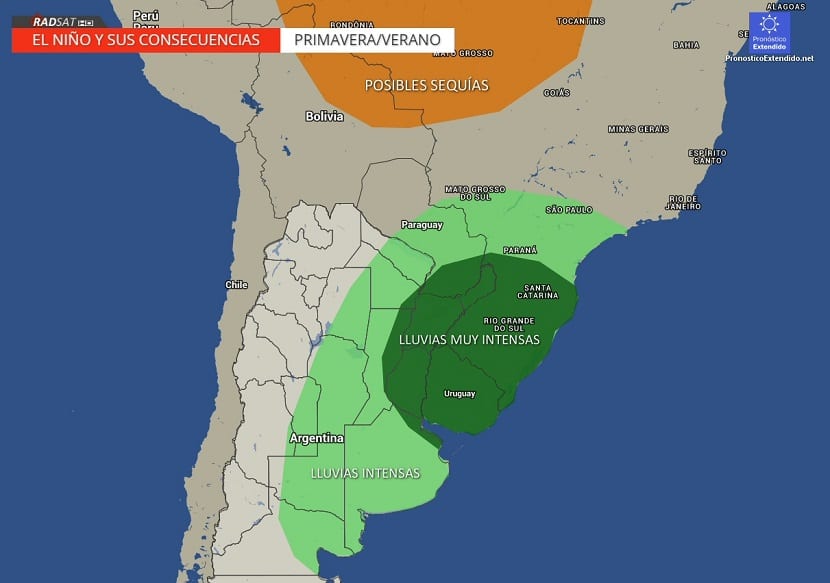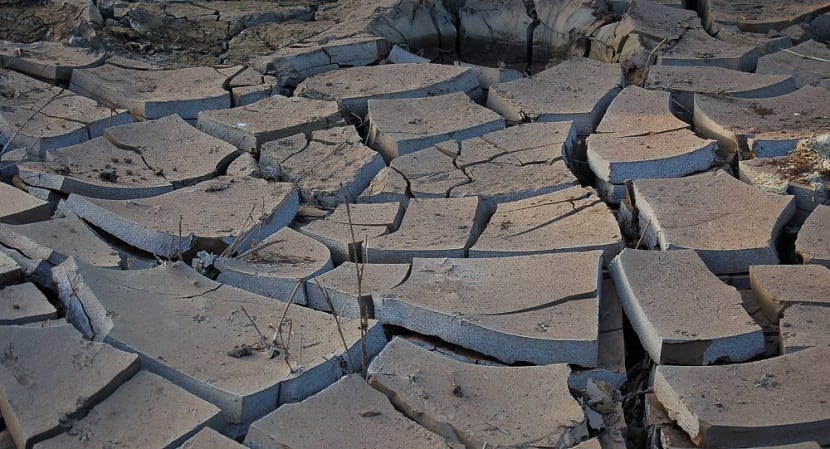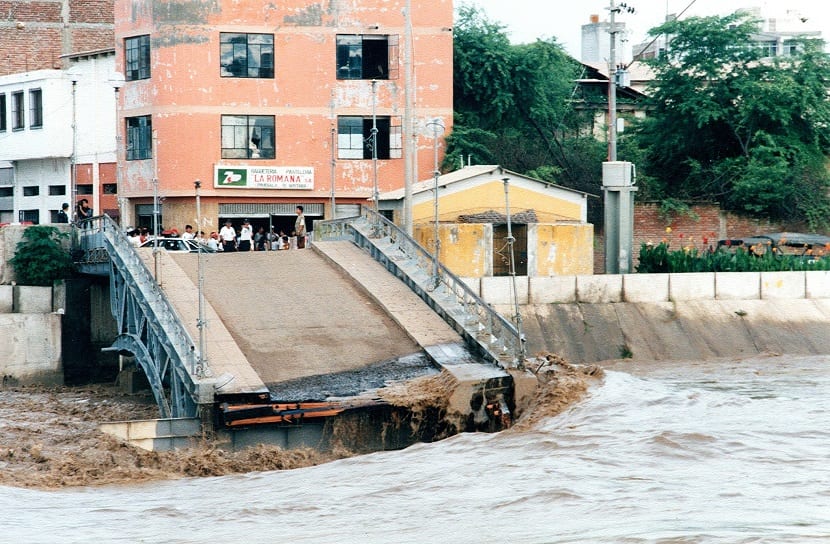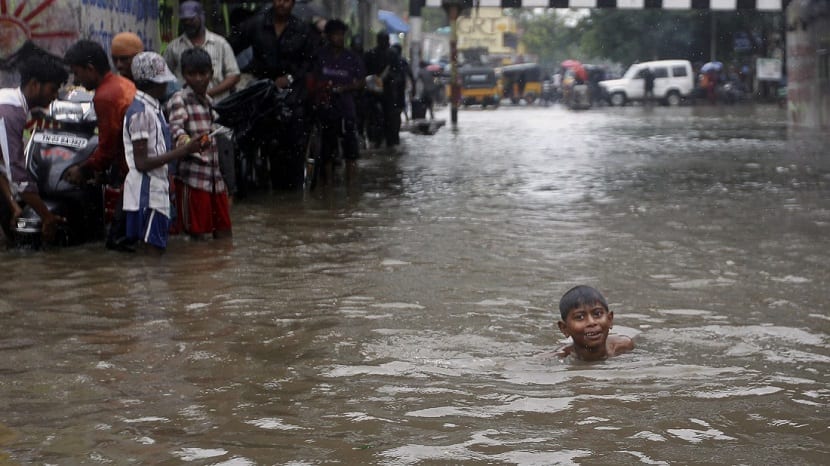
El Niño is a meteorological phenomenon that oscillates in cycles of 5 to 7 years. Despite the stability that this year 2017 is having, the World Meteorological Organization (WMO) does not rule out 100% that this meteorological phenomenon can still develop.
This phenomenon blows the trade winds in the direction of Peru and Ecuador, which causes strong tropical storms in these places that lead to serious flooding. On the other hand, in India it causes intense droughts that give rise to food and agriculture problems. Will the El Niño phenomenon occur again in 2017?
Very likely to occur

The WMO establishes probabilities of occurrence of certain meteorological phenomena based on some variables such as changes in pressure, wind direction, possible storms, etc. That is why, based on some evidence, it has released a statement saying that as of higher there may be various meteorological scenarios from neutral conditions to an El Niño episode, but of moderate intensity.
What do you mean moderate intensity? Well, the storms and cyclones that El Niño can generate will be much smaller than usual. The trade winds will blow with less force, which will not create too large fronts that cause storms that are too intense. Meteorologists have models that predict fluctuations in climate and meteorology, and thanks to them they can ensure that in the second half of 2017 an El Niño phenomenon can occur with probabilities of between 50 and 60%.
On the other hand, the probability that the climate of the second half of the year will be neutral is 40%.
El Niño Phenomenon

As this phenomenon, although known, can be difficult to understand, I will comment on a brief review. This phenomenon generates currents of warm water in the equatorial Pacific Ocean. This causes an increase in sea temperature on the coast. As we well know, hot air tends to rise into the atmosphere and it is there where, when it collides with cold air masses, it condenses and begins to generate vertically developing cumulonimbus clouds. These clouds are usually the cause of strong storms and, in this case, extreme weather events.
The last El Niño episode occurred in the fourth quarter of 2015 and the beginning of 2016 (hence the high temperatures suffered that winter) and had devastating effects in multiple areas of the world. We have to take into account that El Niño has consequences on almost the entire planet, since ocean currents carry heat to all places.
Damages caused by El Niño

Although the El Niño phenomenon is natural, due to climate change and destabilization of global temperatures it intensifies and increases its frequency. El Niño in 2015 affected 4,2 million people in Central America, 4,7 million in the western Pacific and 30 million in southern Africa, who were affected by famine and food shortages due to a prolonged drought. In addition, it caused heavy localized rains from the Galapagos Islands to the coasts of Ecuador and Peru, which They caused 101 deaths, 19 disappeared, 353 wounded, 140.000 victims and about 940.000 affected.
Currently, the warming conditions of the oceanic masses of the eastern end of the Pacific that have seriously affected Peru and the adjacent countries have lessened. This causes El Niño conditions to be neutral.
La Niña phenomenon

On the other hand, the WMO meteorological experts said that a La Niña event is highly unlikely. Unlike El Niño, which causes an increase in the temperatures of the Pacific masses, La Niña causes a decrease in them. That is why some regions that suffer from droughts when El Niño occurs tend to suffer from heavy rainfall that makes them rise to the normal average or vice versa.
La Niña is also associated with increased hurricane activity in the Atlantic Ocean.